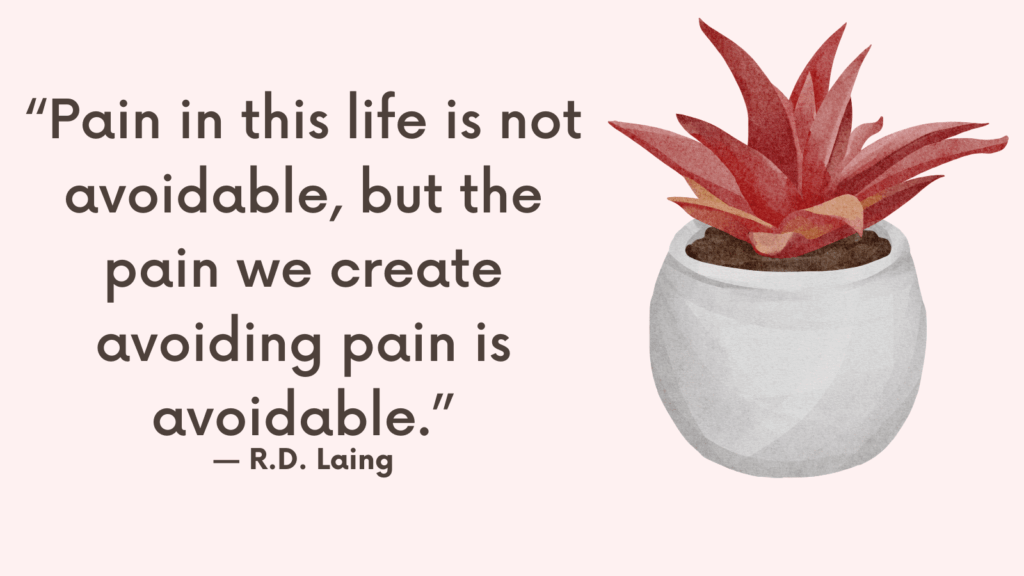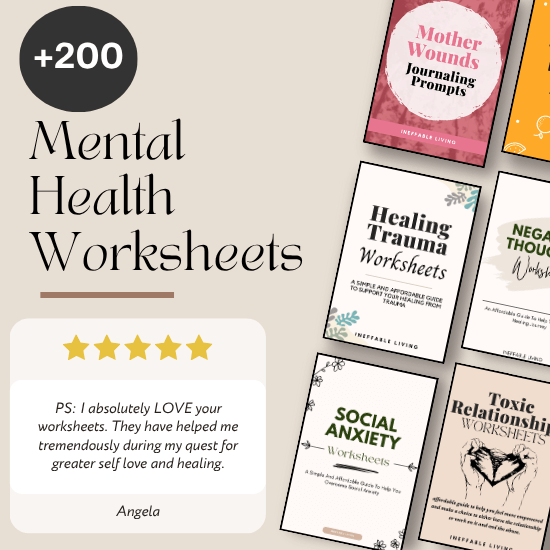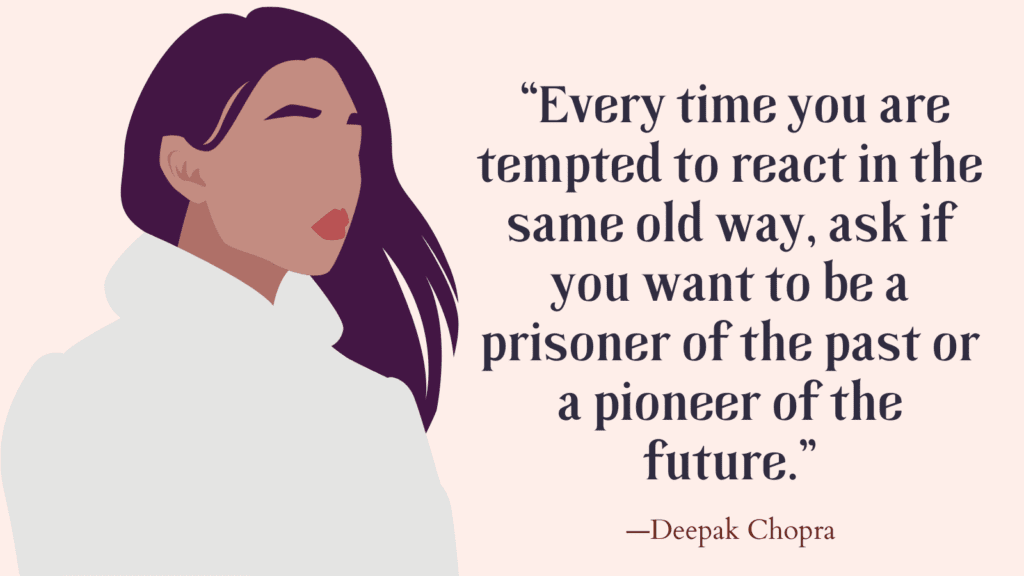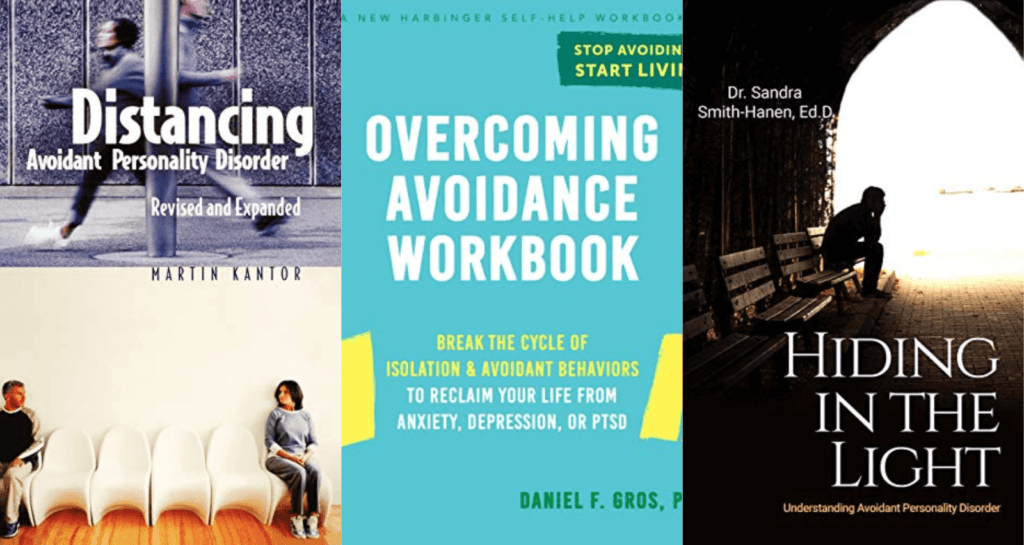When someone you care about consistently withdraws, avoids hard conversations, or shuts down emotionally, it can be confusing and painful. But avoidance is often rooted in fear—not a lack of care. Supporting a loved one through avoidance requires patience, empathy, and gentle boundaries.
Understanding What Avoidance Really Is
Avoidance is more than just staying away from things that make you uncomfortable — it’s a coping mechanism rooted in fear. It’s the act of dodging situations, emotions, or thoughts that feel threatening, stressful, or overwhelming. This can include avoiding people, conversations, tasks, decisions, or even internal feelings.
At its core, avoidance is a form of self-protection. It offers temporary relief by removing you from the source of discomfort. But over time, it keeps you from learning that you can handle difficult things. It can shrink your world, reinforce anxiety, and prevent emotional growth.
Avoidance isn’t laziness or weakness — it’s a sign that something inside feels unsafe. The key to overcoming it is not forcing yourself into distress, but gently building tolerance and facing fears with compassion and support.
Related: Top 10 Social Withdrawal Signs — & How To Social Isolation? (Hikikomori Syndrome)
Why Pushing Doesn’t Work
When someone you love constantly withdraws or avoids emotional engagement, your instinct may be to push—ask more questions, demand clarity, or force connection. But pushing usually backfires. It doesn’t pull them closer—it pushes them further away. Understanding why this happens is key to supporting them in a healthier, more effective way.
1. Avoidance Is a Safety Strategy
Your loved one isn’t avoiding because they don’t care—they’re avoiding because something feels threatening. Whether it’s vulnerability, confrontation, failure, or exposure, their nervous system is telling them to escape. Pushing increases the sense of danger.
2. Pushing Feels Like Pressure, Not Support
Even well-intentioned pressure can feel like emotional force. When someone already feels overwhelmed, pressure says: “You need to be different right now.” This reinforces their fear that it’s not safe to be who they are.
3. It Triggers the Fight, Flight, or Freeze Response
When pushed, a person in avoidance may:
- Fight: become defensive or irritable
- Flight: shut down or disappear
- Freeze: go silent or numb
These are automatic responses—not conscious decisions.
Related: Best 9 Tips On How To Stop Avoidance Cycle (+FREE Worksheets PDF)
4. It Undermines Their Sense of Control
Avoidant behavior is often an attempt to regain control over internal chaos. Pushing takes away their agency, which intensifies anxiety and leads to more avoidance as a form of self-protection.
5. It Can Reinforce Shame
Pushing can unintentionally send the message: “You’re not doing enough. You’re not good enough.” This fuels shame, which deepens withdrawal and makes re-engagement harder.
6. It Damages Trust
If someone feels judged or rushed during their vulnerable moments, they may begin to associate your presence with pressure. This makes future connection feel unsafe.
7. Growth Requires Safety, Not Force
Emotional growth can’t be coerced. It unfolds in environments where people feel respected, heard, and free to move at their own pace. Safety—not intensity—is the foundation of real change.
Related: The Difference Between Coping & Escaping
How to Support a Loved One Who Struggles With Avoidance?
1. Recognize That It’s a Coping Mechanism
Avoidance isn’t laziness, selfishness, or rejection—it’s often a learned way of coping with anxiety, fear of conflict, or past trauma. Seeing it as protection, not defiance, helps you approach with compassion.
2. Don’t Take It Personally
When your loved one pulls away or avoids difficult moments, remind yourself: “This is about their inner world, not my worth.” Taking it personally can lead to resentment, which only deepens the disconnect.
3. Stay Calm and Grounded
Your calm presence can help regulate their nervous system. Avoid matching their withdrawal with frustration or pressure. A soft, steady tone signals safety and acceptance.
4. Gently Name What You See
Instead of accusing or confronting, try saying:
“I noticed you’ve been a little distant—are you feeling overwhelmed?”
Naming the pattern opens the door without judgment or demand.
5. Ask What Feels Safe for Them
Everyone has a different threshold for emotional exposure. Ask:
“What’s the best way for me to support you when you feel like pulling away?”
This invites collaboration instead of control.
6. Respect Their Pace
Pushing too hard can trigger more avoidance. Let them come forward in their own time. Trust builds through consistency, not pressure.
Related: Best 15 Books About Fear
7. Offer Connection Without Expectation
Send a simple message, sit beside them in silence, or offer small acts of kindness. These low-pressure gestures show you’re present without demanding emotional intensity.
8. Validate Their Experience
Say things like:
“It makes sense you’d want to step back when things feel overwhelming.”
Validation helps reduce shame and builds trust.
9. Encourage—but Don’t Force—Openness
Offer invitations to talk:
“I’m here when you’re ready.”
Let them know they have a choice. Choice is crucial for someone who uses avoidance to regain control.
10. Support Their Growth Without Fixing
You can’t “fix” avoidance for them—but you can support their efforts to grow. Encourage therapy, emotional tools, or gentle self-reflection when they’re ready.
11. Set Healthy Boundaries
Being supportive doesn’t mean sacrificing your own emotional needs. Say:
“I care about you and I want to support you, but I also need communication when things get tough.”
Boundaries protect both of you.
12. Celebrate Small Steps
Acknowledge progress, even if it’s minor. “Thanks for opening up a bit today—I know that’s not easy.”
Recognition reinforces courage and motivates further connection.
Related: Best 5 Avoidant Personality Disorder Books
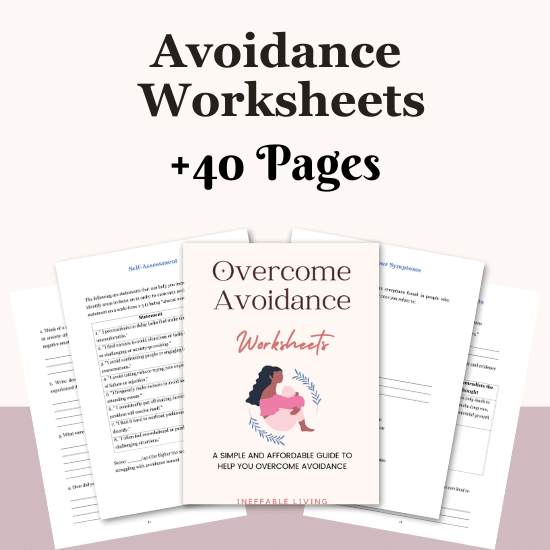
Conclusion
Loving someone with avoidance requires a balance of patience and clarity. Your steadiness, empathy, and boundaries can create the safety they need to show up more fully—at their own pace, in their own way.
